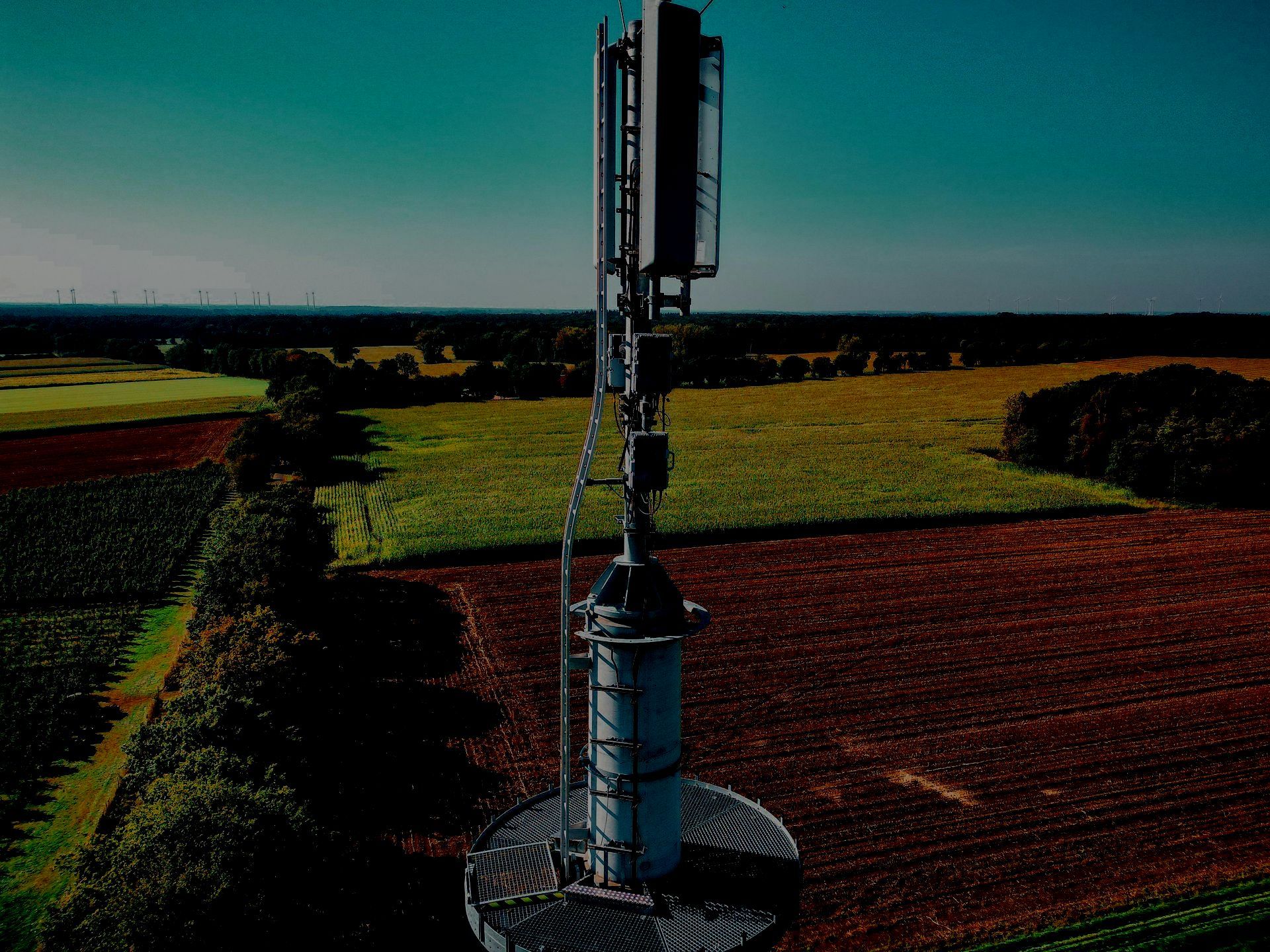Beyond Connectivity: Crafting Sustainable Revenue Models in Rural Broadband Deployment
Unlocking New Revenue Streams: Lessons from Industry Innovators
In the evolving landscape of broadband infrastructure, particularly under the Broadband Equity, Access, and Deployment (BEAD) program, network operators are presented with a unique opportunity. The $42.45 billion in federal funding aims to bridge the digital divide, particularly in underserved rural areas. However, as industry leaders emphasize, the focus must extend beyond mere network construction. To ensure long-term viability, operators should explore innovative revenue streams that capitalize on the multifaceted applications of high-speed internet.
While the BEAD program offers unprecedented funding to expand broadband in rural areas, success will depend on more than simply laying fiber or deploying wireless towers. Building a network is just the beginning—the real challenge lies in ensuring its long-term sustainability. For rural operators, this means thinking beyond traditional subscription models and exploring diversified revenue streams that align with the unique needs of these underserved communities. By embracing innovative approaches, network operators can transform their infrastructure into an engine for growth and opportunity, setting the stage for sustainable success.

The Need for Diversified Revenue Streams
Relying solely on end-user subscriptions is a high-risk strategy, particularly in rural areas where population density is low, and average revenue per user (ARPU) may not be enough to cover operational costs. Brian Ford, Vice President of Federal Regulatory at NTCA – The Rural Broadband Association, highlights the importance of sustainable business models that consider multiple revenue sources. With BEAD funding allowing for innovative business plans, operators have a unique chance to redefine how they monetize their infrastructure.
Without diversification, many networks risk falling into a funding trap. Initial construction costs may be covered by grants or subsidies, but ongoing maintenance, upgrades, and operational expenses can quickly accumulate, leaving networks in financial jeopardy. This reality underscores the importance of exploring additional revenue streams and value-added services.
Beyond End-User Revenue: Key Opportunities for Rural Networks
1. Telehealth Services: Transforming Healthcare Access
Rural areas often face a shortage of healthcare providers, and broadband networks can fill this gap by enabling telehealth solutions. From virtual doctor visits to remote patient monitoring, broadband-powered telehealth can revolutionize rural healthcare.
- Case in Point: A 2020 study by McKinsey found that telehealth usage surged 38 times above pre-pandemic levels. This highlights a sustained demand for remote healthcare solutions, particularly in underserved areas where access to specialists is limited. Rural broadband networks can partner with healthcare providers to offer these services, generating additional revenue while improving health outcomes.
- Revenue Model: Operators could charge healthcare providers a fee for guaranteed bandwidth or service quality, ensuring that telehealth consultations run seamlessly.
2. Supporting Education Through Tele-Education
The pandemic highlighted the critical need for reliable internet in education, particularly in rural areas where students often lag behind their urban peers due to connectivity gaps.
- Example: Schools in Montana leveraged federal funding to provide Chromebooks and high-speed internet access to students during the pandemic. These efforts not only kept students connected but also revealed the long-term potential of online learning. According to EducationSuperHighway, nearly 17 million students lacked adequate internet access for learning at the onset of the pandemic—a gap that rural broadband networks are uniquely positioned to address.
- Revenue Model: ISPs can collaborate with school districts to offer education-specific service packages or even lease network capacity for virtual learning initiatives.
3. Smart Agriculture: Enhancing Rural Economies
Agriculture is the backbone of many rural communities, and broadband connectivity enables farmers to adopt smart farming techniques, including precision agriculture.
- Impact: The USDA notes that farms using precision agriculture tools can achieve input reductions of up to 30% while increasing yields by 10-20%. Broadband providers can play a vital role by offering IoT (Internet of Things) solutions tailored to agriculture.
- Revenue Model: ISPs can provide subscription-based IoT services for farm equipment or lease network capacity to agtech companies developing cutting-edge tools.

4. Public-Private Partnerships: Monetizing Infrastructure
Network commercialization, as Kyle Hildebrand of Vivacity Infrastructure suggests, is an often-overlooked avenue. This involves leasing unused fiber or conduit assets to other entities, such as municipalities, businesses, or E-Rate providers.
- Example: A small operator in North Dakota partnered with local businesses to lease dark fiber, generating a steady income stream that now funds maintenance and network expansion projects.
- Revenue Model: Operators can monetize underutilized assets through long-term leasing agreements, ensuring a stable cash flow.
Leveraging BEAD Funding for Innovative Models
The BEAD program provides unique flexibility for operators to think creatively about their business models. According to the Federal Communications Commission (FCC), BEAD applicants must demonstrate how their networks will achieve long-term financial sustainability. This requirement incentivizes diversification and innovation.
For example, operators can use BEAD funding to develop middle-mile infrastructure, which can then be leased to third parties. Additionally, federal guidelines encourage partnerships with local organizations, fostering solutions tailored to specific community needs.
The Role of Community Engagement
Engaging with local stakeholders is vital for success. Community leaders, businesses, and residents can provide valuable insights into the services they need most. By involving these groups in planning and decision-making, operators can build trust and ensure higher adoption rates.
- Example: A broadband project in Appalachia involved focus groups with local farmers, educators, and small business owners. The feedback collected informed the development of specialized service packages, resulting in adoption rates exceeding expectations.
Why Diversification is Non-Negotiable
Failing to diversify revenue streams can have dire consequences for rural networks. Without additional income sources, operators may struggle to fund future upgrades, leading to deteriorating service quality and potential customer loss. In extreme cases, this could result in network insolvency, undoing the progress made in bridging the digital divide.
Conversely, successful diversification ensures that rural networks remain viable and relevant, even as technology and customer needs evolve. By adopting a holistic approach, operators can create networks that not only connect communities but also empower them to thrive.
Redefining Rural Connectivity
As the BEAD program propels the expansion of broadband infrastructure, operators have a once-in-a-generation opportunity to redefine the rural connectivity landscape. By embracing diversified revenue streams, such as telehealth, tele-education, smart agriculture, and network commercialization, operators can build networks that are sustainable, resilient, and transformative.
The challenge is clear: rural broadband providers must think beyond connectivity. By prioritizing community engagement, leveraging innovative business models, and strategically utilizing BEAD funding, they can ensure long-term success while closing the digital divide for good.













